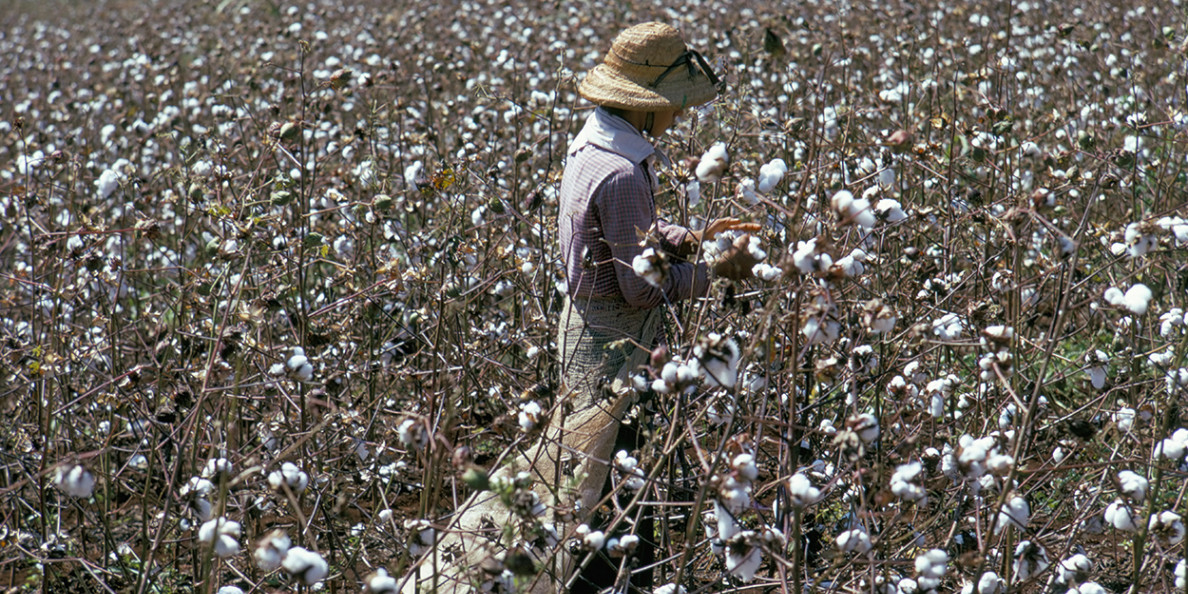Despite slight oscillations, cotton quotes dropped in the Brazilian market in the first fortnight of October, as sellers were either more active in the spot market or retracted, the Center for Advanced Studies on Applied Economics (CEPEA) said in its fortnightly report. New trades were hampered as most buyers bid lower quotes than offer prices.
Between September 29 and October 13, the CEPEA/ESALQ Index dropped 1.8 per cent, closing at 2.3718 BRL ($0.7527) per pound on October 13.
Some textile companies were focused on closing new trades for delivery in late 2017 and early 2018. As for the exportation contracts, only a few were closed, mainly for the next three months, the CEPEA report said.
In September 2017, Brazil’s cotton exports amounted to 132,700 tons, up 95.2 per cent compared to the previous month, according to data from The Secretariat of Foreign Trade (SECEX). Cumulative exports in the first nine months of 2017 totalled 371,000 tons, which is 30 per cent lower than the quantity exported in the same period of 2016.
Meanwhile, the first survey conducted by National Company for Food Supply (Conab) regarding 2017-18 crop, released on October 10, estimates that area under cotton is likely to increase anywhere between 5.5 per cent to 15.4 per cent. As a result, production is projected to increase somewhere between 1.61 million tons and 1.75 million tons, i.e. between 5.1 per cent and 14.9 per cent increase over 2016-17 crop. The average yield is, however, likely to see a slight drop of 0.4 per cent from the previous season to 1,622 kg per hectare.
In Mato Grosso, the main cotton producing province in Brazil, cotton area is forecast to increase by 10 per cent in 2017-18 compared to the previous season, according to Conab. Likewise, in Bahia, the second largest cotton producing state in Brazil, the sown area may total from 245 to 271 hectares, 21.8 per cent to 34.6 per cent up compared to 2016-17 season. (RKS)
Πηγή: fibre2fashion

